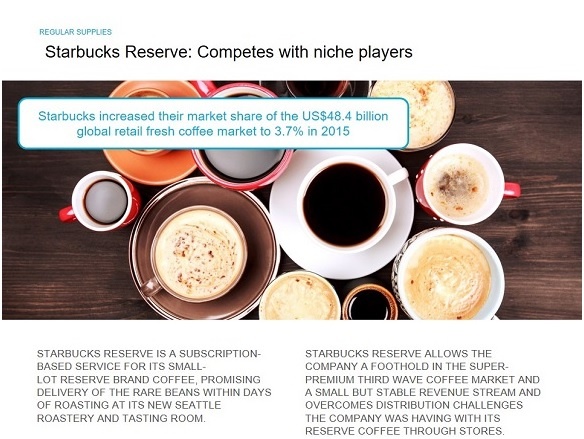 The subscription economy is one of several alternative business models gaining traction across sectors and is explored in a recent report, Engage, Return, and Repeat: The Subscription Economy, by Euromonitor International.
The subscription economy is one of several alternative business models gaining traction across sectors and is explored in a recent report, Engage, Return, and Repeat: The Subscription Economy, by Euromonitor International.
The subscription model has wrought major changes across many industries — from Dollar Shave Club’s disruption of the razor market, to Birchbox’s explosion into cosmetics, and the impact of companies like Zipcar selling mobility rather than the car itself. Many businesses are asking themselves how they can tap into the subscription model, but should they is another important question.
Outside of niche, small-scale businesses, a successful subscription service is just one aspect of a multi-channel offer, for the most part. A business which is centred on subscription would usually need to evolve over time to incorporate pay-per-product revenue streams to be successful. For an established pay-for-product manufacturer or retailer, a subscription service is likely to be an additional revenue stream — or a means of securing consumer loyalty, or a method for learning more about consumers, rather than a profit-generating arm of the business.

Developing a Subscription Business Model: Tips for Success
It can be difficult to scale up a subscription business. As a result, there are lots of companies and ideas that have fallen by the wayside. It can also be difficult and costly for established players to branch out in the model.
- To create a profitable, revenue-generating subscription model, businesses must focus on making their offering unique amongst an increasingly crowded market place — differentiation is key. Aligning with the core consumer demands of convenience and value is crucial, and meeting other demands for curation, exclusivity, and personalisation is important as well.

- Subscription services require a great deal of trust from consumers, so it’s important that this loyalty and giving away of information is rewarded through value, service, and experience.
- Offer value for money and enable consumers to receive special offers. Do not come unstuck with unflattering comparisons between the cost of buying outright vs. leasing, or signing up for regular supplies vs. paying as you go.
- Flexibility, again a difficult balance, but consumers do not want to feel that they are tied in — this can be avoided by making it easy to cancel the service or pause or skip a delivery. The model must be flexible enough to enable upgrades and to move on with changes of circumstance such as a house move or a new family.
- To avoid churn, the relationship with consumers must be nurtured through a thorough understanding of the consumer. Building a community around the product or service is also beneficial. Creating a club atmosphere, with a strong social media presence can differentiate the brand.
Although risky, the subscription opportunity is too big for traditional companies to ignore. For the most part, this currently means dipping a toe in the water and acquiring start-ups disrupting the sector, or adding a subscription service as an additional means to connect with consumers. For others, it means lowering the costs of ownership in order to compete, by offering take-back services for example. Another option is to monetise the firm’s own asset base — selling access to manufacturing plants, or marketing teams. Businesses must think outside of the box to succeed in this increasingly crowded market.
Click the button below to learn more about Euromonitor's recent report on the subscription economy.
About the Author: Sarah Boumphrey is a Global Lead of Economies and Consumers at Euromonitor International, where she focuses on translating economic and consumer trends information into useful insight.


